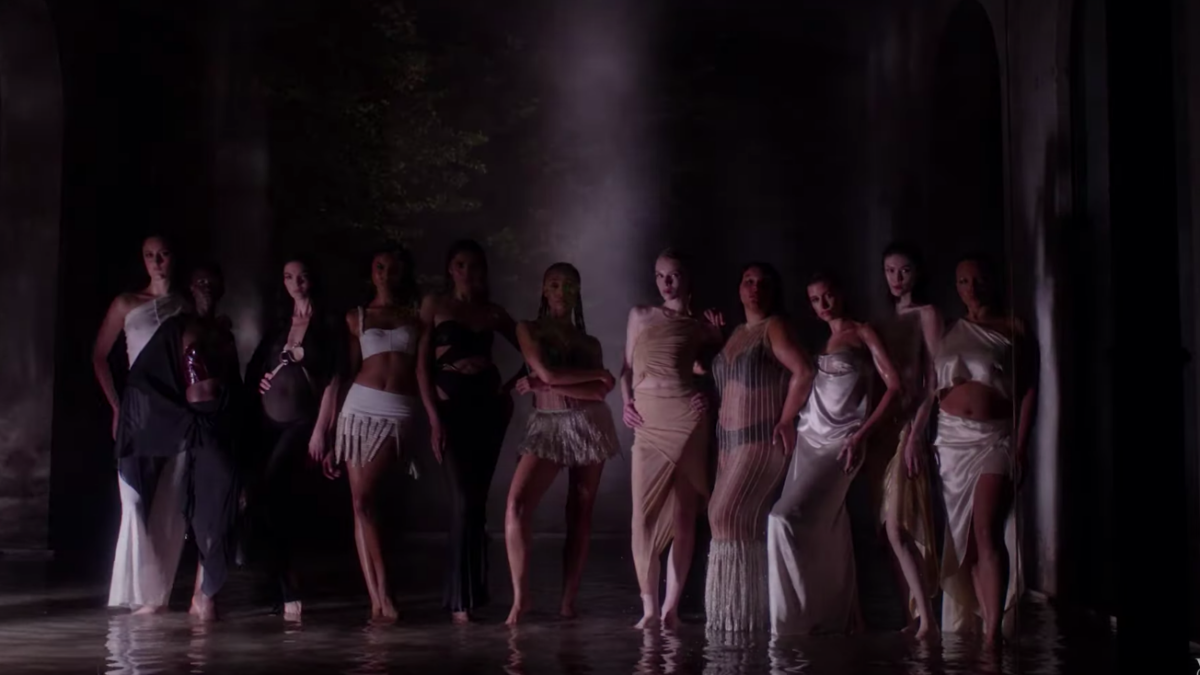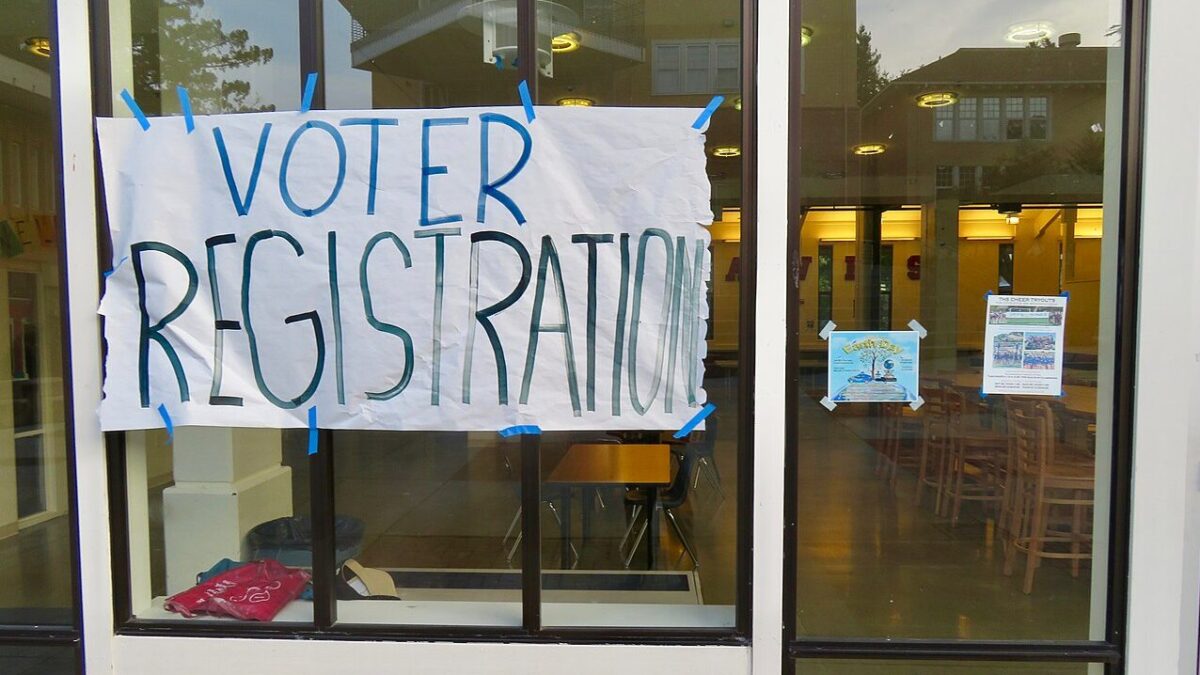Following the cues of celebrities such as Harry Styles and Pharrell, it has now become fashionable for crossover reggaeton artists to crossdress. Artists of international acclaim such as Bad Bunny, J. Balvin, and Rauw Alejandro have begun to appear in photo shoots for major magazines wearing dresses, carrying purses, and with painted nails. Most recently, Bad Bunny appeared in the pages of the Australian edition of Harper’s Bazaar wearing a white skirt resembling a wedding dress.
This is only one of Bad Bunny’s sex- and sexuality-bending feats. Other than his cross-dressing, he set the internet ablaze when he kissed one of his male backup dancers during his performance at MTV’s VMAs earlier this month. When asked whether he considers himself bisexual, he responded, “[Bisexuality] does not define me. At the end of the day, I don’t know if in 20 years I will like a man. One never knows in life.” His unwillingness to be held down by categories, so-called genders, or even individual people testifies to the shifting tide toward “liquid modernity,” which sociologist Zygmunt Baumann describes as an ethos in which “everything could happen, yet nothing can be done with confidence and certainty.”
The fact that his sexual libertinism stirs up the public as much as it does is, again, more shocking than his sexual libertinism itself. Can we really claim to be surprised by a public figure who is merely living out our day’s “ethic of authenticity” to its furthest limits? He dares to take the saying that we ought to “follow our heart’s desire” at face value, or, as the title of his second album proclaims, “yo hago lo que me da la gana” (I do whatever I want).
His “label-less” sexuality is a projection of the mores of our postmodern moment, in which nothing is fixed, opposing forces are neutralized, and differing values are rendered indistinguishable from each other. His flippancy in his relationship with his girlfriend Gabriela Berlingeri (rumor has it that they are in an open relationship, and at an afterparty, he was seen kissing another woman) has been sensationalized by social media, with TikTokers both celebrating his moral progressivism and condemning his machismo.
These new reggaeton trendsetters have received attention from many for bending the norms of the sexes and Latin American machismo. But let’s not kid ourselves; there is hardly anything countercultural or nonconformist about their cross-dressing. Rather it is the epitome of conformism to the expectations of the elite global corporations who control their public images.
Actress and podcaster Dasha Nekrasova once commented that the trend of cisgender men wearing dresses represents “a breakdown of the symbolic order” of the cosmos. Anna Khachiyan (Nekrasova’s co-host on the “Red Scare” podcast) responded citing the cultural critic Camille Paglia’s theory that gender roles begin the blur toward the late phases of civilizations. Khachiyan offers counterexamples like David Bowie and Dennis Rodman, who were “clearly beautifully androgynous and powerfully masculine” in a creative and genuinely countercultural way.
“Yeah,” replies Nekrasova. Rodman and Bowie were “androgynous and truly weird. Whereas [today], it’s not truly subversive, androgynous, or ambiguous.” Further, adds Khachiyan, the more conventional feats of cross-dressing we see from the likes of Harry Styles and Timothy Chalamet reflect the cushy upbringings and psychological fragility of young people today, who “have nothing to rebel against” and thus are “rebelling against everything at once.”
Truly countercultural cross-dressers do so not in the name of “self-expression” or “tolerance” but intentionally proclaim their intention to defy the boundaries of nature, thus reinforcing the inherent tension between nature and artifice, rather than deceptively attempting to create a new order of reality. Traditional (dare I call them) cross-dressers are daring, bold, original, and free from ties to corporate power. Their cross-dressing is artistic in the sense that it subverted fashion trends of the time while drawing attention to real aesthetic value — it wasn’t calculated and soulless like the cross-dressing of these industry pawns.
Upon visiting a post-Stonewall America, Quentin Crisp, who was one of the first openly gay public figures in England, criticized the attempt of gay rights activists to normalize that which is inherently subversive. He argued that reducing queerness and gender fluidity to merely neutral forms of self-expression amounted to annihilating their cultural significance and rendering them utterly dull and boring. One could only dare to imagine what Crisp would have to say were he alive to see Bad Bunny’s Bazaar spread.
It’s worth considering why it’s so culturally significant for Latin American celebrities to be cross-dressing. The general disapproval of homosexuality and effeminacy among colonized (especially Latino) cultures is rooted in its symbolic association with domination and moral decadence. Latinos have expressed concern that artists — like Bad Bunny — are corrupting the morals of the youth, influencing them to cross-dress and experiment sexually. There are many teenage boys who have started painting their nails “because Bad Bunny does it.”
Further, as thinkers such as John Milbank have expressed, such permissive attitudes toward sexual fluidity and attempts at homogenizing identities, which traditionally have served a crucial function for the livelihood of families and communities, put more at stake for impoverished and historically persecuted communities than they do for privileged elites. The reality is that normalization of the gender-neutral aesthetic is expedient for elite interests.
The more the boundaries imposed by nature are erased by norms artificially constructed by powerful elites, the easier it is to turn the masses into one, single identity: powerless and mindless consumers.









